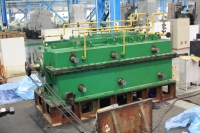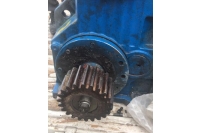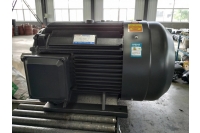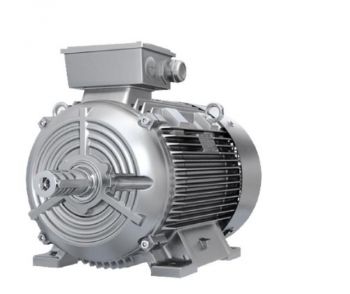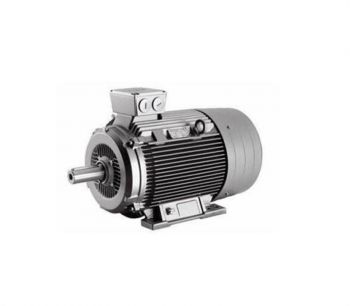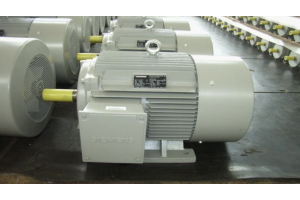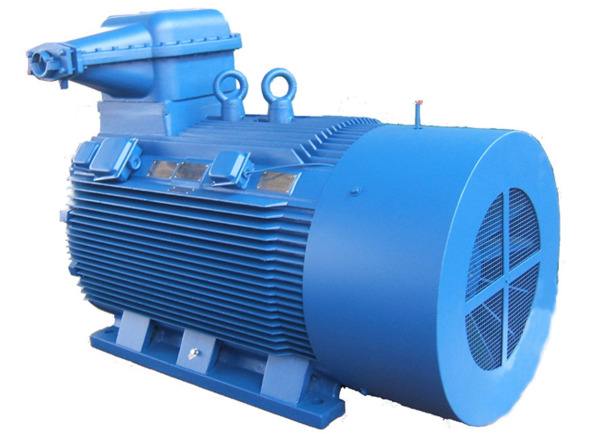
(1) After the power is turned on, if the motor does not turn, the power should be cut off immediately, and there must be no hesitation to wait, let alone check the motor for failure, otherwise the motor will be burned and danger will occur.
(2) When starting, pay attention to observe the working conditions of the motor, transmission device, and load machinery, as well as the indications of the ammeter and voltmeter on the line. If there is any abnormality, immediately cut off the power and check. After the fault is eliminated, start the load.
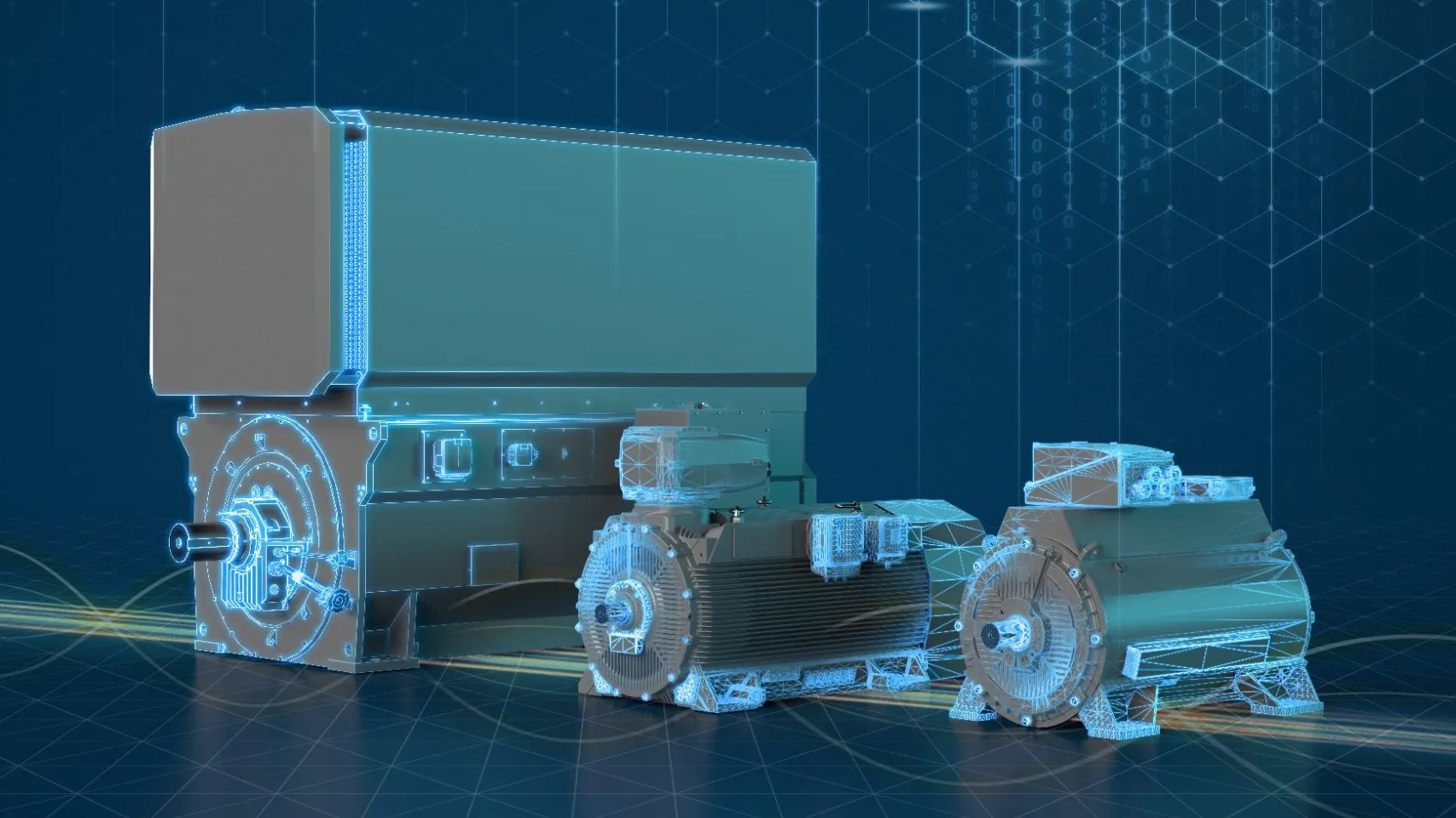
(3) When using manual compensator or manual star-delta starter to start the motor, special attention should be paid to the operation sequence. Be sure to push the handle to the starting position first, and then pull it to the running position after the motor speed stabilizes to prevent equipment and personal accidents caused by misoperation.
(4) The motors on the same line should not be started at the same time. Generally, they should be started one by one from large to small to avoid too many motors starting at the same time, and the current on the line is too large. The voltage drop is too much, causing difficulty in starting the motor, causing line failure or tripping the switchgear.
(5) When starting, if the rotation direction of the motor is reversed, the power supply should be cut off immediately, and any two phases of the three-phase power line can be exchanged to change the direction of the motor.

